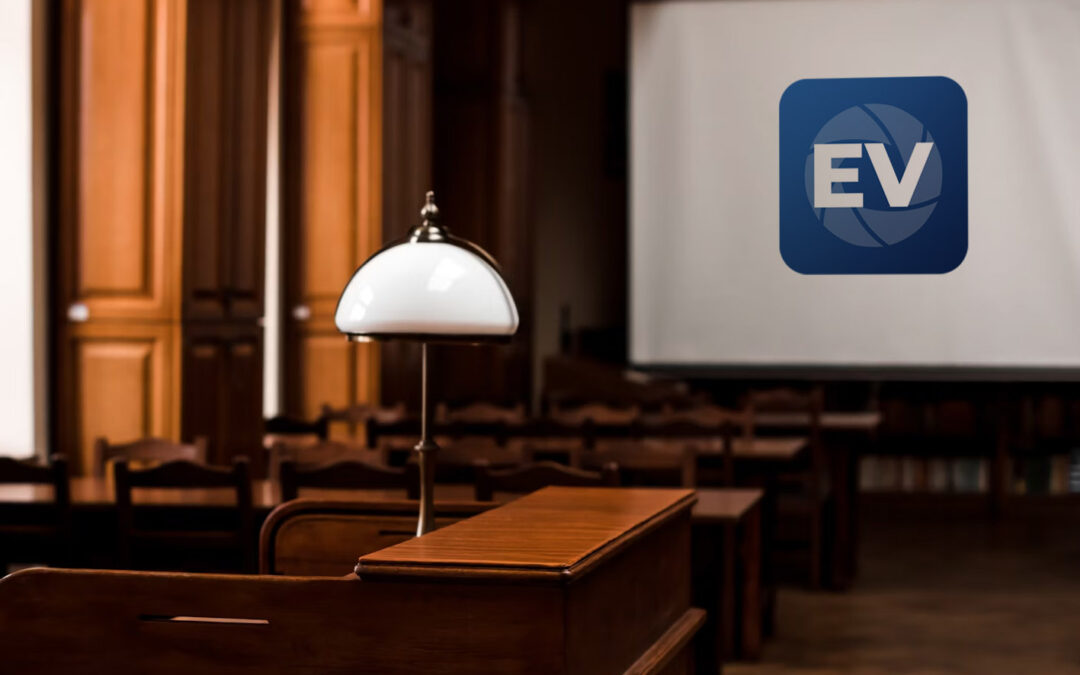Compelling trial presentations can influence judges and juries.
Compelling trial presentations can influence judges and juries.
Blog Article
Exactly How Trial Presentations Enhance Your Argument and Persuade Jurors
Trial presentations serve as a pivotal system for boosting legal debates and encouraging jurors. The calculated usage of visuals not just clarifies complex information however additionally captures jurors' focus more properly than words alone.

Importance of Visual Help
Aesthetic help play an important function in improving the efficiency of trial discussions, as they can considerably increase target market engagement and retention of information. In the context of a trial, where jurors are tasked with processing complex information, visual aids offer to simplify and make clear bottom lines. Charts, charts, and images can share data and concepts that may otherwise bewilder or perplex jurors, enabling for an extra straightforward understanding of the proof presented.
Moreover, visual aids aid in preserving juror interest throughout the proceedings. By damaging the uniformity of spoken testament, these devices can stress vital arguments, making them a lot more remarkable. Efficient aesthetic help can also evoke psychological feedbacks, which can be crucial in encouraging jurors to align with the speaker's narrative.

Crafting Engaging Narratives
A compelling narrative is important in trial presentations, as it acts as the foundation of efficient persuasion. It enables lawyers to weave together truths, evidence, and emotional components into a coherent story that reverberates with jurors. This narrative framework enables jurors to understand the intricacies of the instance while directing them with the attorney's debate.
To craft a compelling narrative, attorneys must concentrate on clarity and coherence. This includes establishing a clear lead character-- often the customer-- and describing their trip via the events in inquiry. Offering the facts in a sensible series boosts understanding and preserves interaction. Furthermore, using vibrant descriptions can develop psychological images that assist jurors envision the events, making the story much more memorable.
Furthermore, incorporating vital motifs throughout the presentation reinforces the core message and help in retention - trial presentations. The story must not only communicate information however additionally evoke a feeling of justice, highlighting the stakes included. Eventually, a well-constructed story fosters a connection between the jurors and the instance, positioning the lawyer's debate as both credible and engaging, consequently raising the possibility of a positive decision

Involving the Court Mentally
Effective court interaction rests on the lawyer's capability to get in touch with jurors on an emotional level. This link can significantly impact jurors' understandings and their ultimate decision-making. Using sob stories permits lawyers to humanize the case, changing abstract legal concepts right into relatable experiences. By providing real-life click to find out more stories or testimonies, lawyers can evoke compassion and empathy, cultivating a deeper understanding of the issues at risk.
Visual aids, such as photos or video clips, can additionally enhance psychological interaction, offering jurors with brilliant depictions of the case's human components. Crafting a narrative that highlights the battles and triumphs of the link people involved makes sure that jurors see beyond the legal arguments and acknowledge the human consequences of their choices.
An attorney's passionate delivery can resonate with jurors, reinforcing their emotional financial investment in the instance. It's necessary to stabilize psychological charms with accurate evidence, ensuring that jurors feel compelled to act while continuing to be based in the reality.
Structuring Your Presentation

The body of the presentation need to be realistically fractional into key factors, each supported by compelling proof. It is helpful to use narration methods to weave facts right into a narrative that jurors can easily adhere to. Visual help, such as charts and video clips, can improve comprehension and involvement, assisting to highlight crucial items of evidence.
Real-World Instance Research Studies
Analyzing real-world study gives vital insights right into the art of trial discussions and persuasion. As an example, the site instance of "O.J. Simpson v. The People of The golden state" illustrates just how visual aids and engaging narratives can persuade court perceptions. The protection group efficiently used a technique that integrated high-profile professional testaments with multimedia presentations, which mesmerized jurors and inevitably influenced their decision.
One more remarkable example is the "McDonald's Coffee Case," where the plaintiff's attorneys used visuals click to read pictures of the injuries received by Stella Liebeck. trial presentations. This raw aesthetic evidence played an important function in communicating the extent of her burns, leading to a significant jury award. Such cases demonstrate that impactful trial presentations frequently hinge on the efficient combination of visuals and storytelling to evoke emotional reactions from jurors
Additionally, the "Casey Anthony Trial" highlighted the significance of narrative coherence and trustworthiness. The prosecution's failure to establish a compelling timeline diminished their persuasive power, underscoring the necessity of a well-structured discussion. Assessing these instances exposes that successful trial presentations call for critical preparation, emotional engagement, and the ability to resonate with jurors' values and ideas.
Final Thought
Test presentations significantly improve arguments and convince jurors through the calculated use of visual help, engaging stories, and psychological involvement. A well-structured presentation equilibriums emotional allures with factual proof, ultimately resonating with jurors' worths.
Report this page